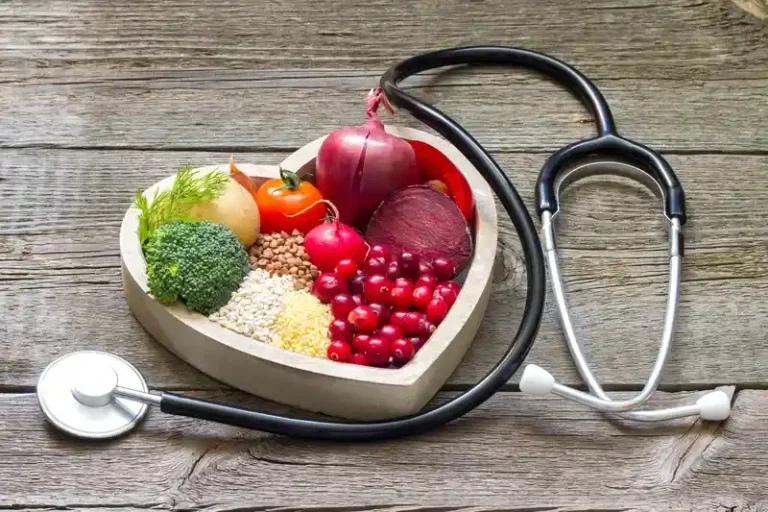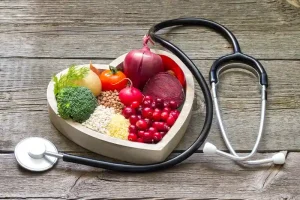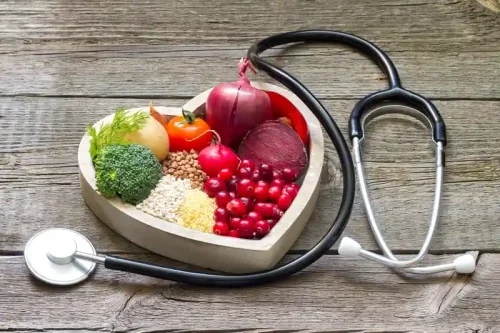
According to the National Highway Traffic Safety Administration (NHTSA), which shares many tragic statistics about drunk driving, one person dies from drunk driving every 39 minutes in the United States. The NHTSA also shared that drunk driving accounts for 28% of all traffic-related fatalities in the U.S. However, the consequences of alcohol-impaired driving are far-reaching and can involve legal problems, injuries, emotional trauma, and financial strain—just to name a few. Resources are also needed to pay for breath-testing equipment.
Losing Your Driver’s License
Even a first-time offense can cost more than $10,000 in fines and legal fees. Deaths and injuries are the most severe outcomes of drinking and driving, but these aren’t the only potential consequences. In 2016, over one million drivers were arrested for driving under the influence (DUI).
- Legal fees and fines, property damage, and increased insurance costs are the least devastating of the financial impacts that result from drunk driving.
- If a court allows a driver to keep their license and ability to drive, they may order the installation of an Ignition Interlock Device (IID).
- To reduce alcohol-related fatal crashes among youth, all states have adopted a minimum legal drinking age of 21.
Blood Alcohol Content
Imagine what impact your brutal and untimely death would have on all the people in this scenario. Now, imagine how you would feel if you survived the collision, but your actions lead to an innocent person’s death. All too often, the people who die in drunk driving collisions are friends of relatives of the intoxicated driver. NHTSA demonstrates its commitment to eliminating drunk driving through research, public awareness campaigns, and state safety grant programs.
- This fact sheet highlights strategies that states can use to address drug-impaired driving and identifies actions that can be taken.
- Depending on the results of your evaluation, you may then be required to attend a court-approved alcohol treatment program.
- Despite the high volume of drunk driving episodes, only a small percentage of impaired drivers are arrested.
- The reasons range from lack of planning and lack of resources to a person’s location or even their upbringing.
- If you need financial aid in school, your application may only be successful if you have a clean record.
2 Experimental research (driving and simulator studies)
More than one-third of responses involved social or environmental influences. Research shows a significant relationship between alcohol and both the perpetration and victimization of road rage. The American Psychological Association (APA) states that people who experience road rage are more likely to misuse alcohol or drugs. Aggression combined with impaired judgment and impulse control can be a recipe for road rage incidents.
- The risks of driving under the influence of alcohol far outweigh any potential benefits.
- NHTSA provides statistics about impaired driving, materials for campaigns against impaired driving, and case studies of effective practices to stop impaired driving.
- Alcohol and aggression are closely linked, with alcohol intoxication being a factor in nearly half of all violent crimes.
- Heavy drinking affects your motor skills such as eye, hand and foot coordination.
- After alcohol, cannabis is the drug most often linked to car accidents.

Eventually, you may shy away from social occasions, becoming anxious, reclusive and depressed. BAC is measured with a breathalyzer, a device that measures the amount of alcohol in a driver’s breath, or by a blood test. Get professional help from an online addiction and mental health counselor from BetterHelp.
Consequences of Drinking and Driving
However, even a small amount of alcohol can lead to harmful situations. Some drivers may not even show warning signs of being under the influence, but that doesn’t mean it’s any less dangerous. It’s important to remember that any form of drinking and consequences of driving drunk include: driving is illegal and can come with strict punishment. Despite the fact that it’s illegal to drive drunk, one person was killed every 39 minutes in a drunk driving crash on our nation’s roads in 2022. That’s a total of 13,524 people who died in alcohol-impaired driving crashes in one year.

Dr. Hoffman is the Co-Founder and Chief Medical Officer of AddictionHelp.com and ensures the website’s medical content and messaging quality. Don’t shy away from Alcoholics Anonymous (AA) Meetings, as joining a support group like AA can provide you with community, accountability, and encouragement from others experiencing similar struggles. WHO, in collaboration with international partners, launched the SAFER initiative towards a world free from alcohol related harm in 2018.

Another enzyme, aldehyde dehydrogenase (ALDH), converts acetaldehyde into acetate. The primary enzyme involved in alcohol metabolism is the alcohol dehydrogenase (ADH). This enzyme converts alcohol into acetaldehyde, a toxic byproduct. This can result in pancreatitis (inflammation and swelling of the pancreas).
The utility of telematics data for estimating the prevalence of driver handheld cellphone use, 2019–2022
It may also become difficult to rent a car or even enter certain countries if you have an alcohol-related driving conviction on your record. What happens when you get a DUI (an arrest and conviction for drunk driving) depends on what state you live in. Getting a DUI can also result in negative consequences for your relationships, job, social life, finances, and mental health. Over 10,000 people die from drunk driving accidents every year.14 Drunk driving puts everyone on the road in danger. A Driving under the influence (DUI) offense may cause you to lose your license, pay a hefty fine, or end up in jail. The strategies on this page are effective for reducing alcohol-impaired driving.
Opt to use a rideshare app, grab a taxi, hop on public transportation, walk if it’s safe to do so, or appoint a reliable designated driver. Staying overnight at a friend’s house or in a hotel may also be an option on certain occasions. Preventing drinking and driving starts before the next time you plan to drink. You can use a technique of examining each individual decision you made in the past that led to a specific outcome, such as driving under the influence. The DOT study mentions other transportation reasons as well, such as not wanting to leave a vehicle somewhere or having to retrieve it the next day (4).
